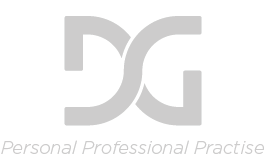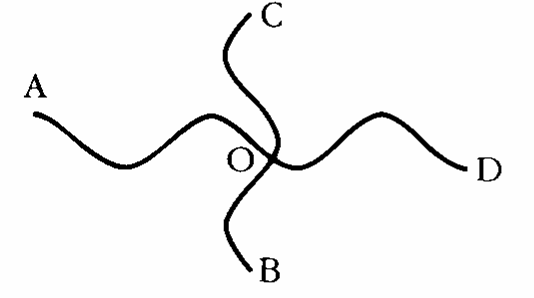JR is a photographer and street artist who started his incredible career as an artist by illegally tagging the streets of Paris. He was 15 years old and would venture into the subway tunnels and up onto the rooftops with his friends and spray paint their names. He found a camera in the subway and started photographing these excursions with his friends. He then made photocopies of the images and began pasting them onto the walls of Paris. One of the reasons I admire him and his work is because he has stayed true to these roots. He still has the same intentions, he wants to make his mark on the world and allow people to experience art during their everyday lives by putting it on the streets.
The sense of humour that JR has, not only in his work but also his personality is another quality that I admire about JR. His work is often quite funny and the interviews that I have seen him in and talks that he has given he comes across as an easy going person with a good sense of humour despite the fame of his work.
JR uses his work to get across a message, he wants to use it to make a comment on society and try and get other people to think differently about issues. He has done it with many projects but shown above is some of his work in Palestine. He photographed Palestinians and Israelis who had the same profession and pasted these photographs up next to one another. The work caused controversy when he told the public that he was pasting photographs of Israelis in Palestine and vice versa as there is so much hatred between the two nations. JR said that the people often could not even tell which photograph showed the Israeli and which one showed the Palestinian.
Often JR uses his work to help people practically and also just allow them to feel part of something. He tries to get people involved and do art themselves. I believe that this is a great thing to provide someone, especially people from less privileged backgrounds. One example of his work helping a community practically is the project he did in Kenya after the post election violence. He photographed local people and printed the images onto huge vinyl sheets. With help from locals and his team the sheets were used to cover peoples rooftops to stop them from getting wet.
JR is not afraid to go big. He pushes the limits of what can be done. If he has a big idea he will follow through with it rather than be daunted by the size of the project. Shown here is a project he did in Rio de Janerio called 'Women are Heroes.' Pasted onto the side of multiple houses on this hill are photographs of women who live in that area. The project must have been huge and I admire the way that JR undertakes these projects despite the workload that is involved.







